Menu
A tree can add immense value to your landscape, providing many benefits like shade, curb appeal, and overall environmental well-being. However, planting the tree is just the beginning. Ensuring its growth and longevity requires proper aftercare, and that's where Driscoll Tree Service comes in. As a trusted tree care company, we provide comprehensive services, from planting and maintenance to complete tree and stump removal. Let's go through essential aftercare steps to keep your tree thriving.
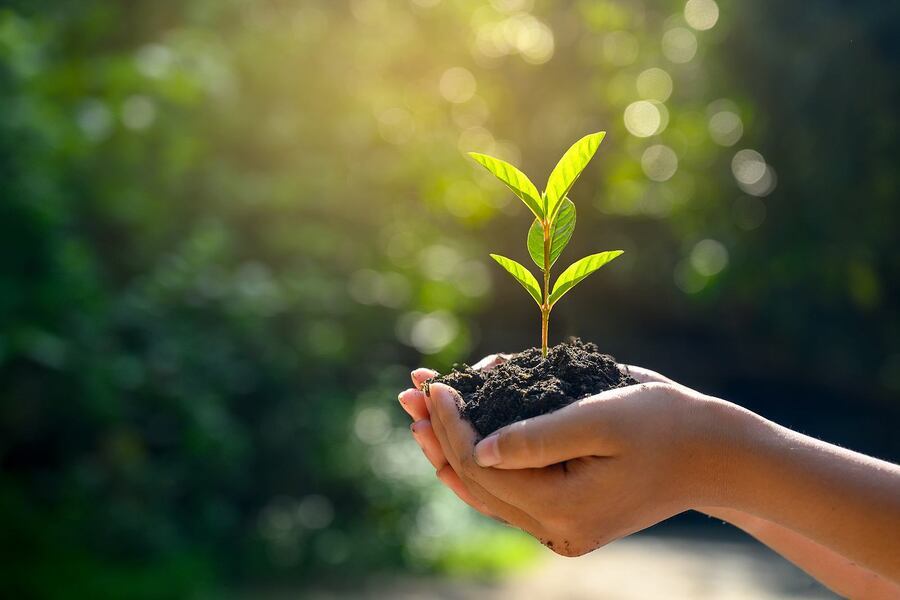
Watering is the foundation of tree aftercare. Newly planted trees have limited root systems and require consistent watering to establish themselves in the soil. Arborists and industry professionals recommend watering the tree daily for the first two weeks, ensuring moist soil. However, waterlogging is a risk following excessive watering, hence the need to reduce the frequency to once or twice a week. It is advisable to water deeply, as shallow watering causes weak root development, health and structural deterioration, and premature tree removal emergencies. If you prefer a professional approach, hire certified arborists to monitor the soil moisture level regularly and adjust the watering schedule based on the weather to effectively address the tree's water needs.
Mulching is an excellent practice to conserve moisture, regulate soil temperature, and suppress weeds. Tree service professionals usually apply about a four-inch layer of organic mulch to provide these benefits. If you handle mulching by yourself, leave a small gap to prevent moisture accumulation, rot and pests. Mulching creates a healthy micro-environment for the tree, reducing evaporation and keeping the soil moist longer. This protective layer is crucial during hot weather, reducing the risk of dehydration and removing trees if left unattended.
While pruning is often associated with mature trees, it's also a vital step in aftercare for young trees. Pruning helps establish a strong structure by removing damaged or competing branches that can weaken the tree. However, it's essential not to over-prune. If you don't have the tools or expertise required, hire a tree service provider to remove dead, diseased, or damaged branches during the first few years. This goes a long way to prevent over-pruning and the subsequent stress and disease susceptibility. Arborists often recommend pruning in late winter or early spring when the tree is dormant to minimize the risk of infection and disease.
Newly planted trees can benefit from proper fertilization to provide the nutrients they need to grow. However, using a balanced, slow-release fertilizer that promotes steady growth is crucial. The last thing you want is a quick spurt affecting structural integrity, leading to premature removal of trees. In addition, too much fertilizer can damage the roots and hinder growth. Schedule a soil test with a reputable tree care company before applying any fertilizer to determine if there are any nutrient deficiencies. Fertilizing should be done sparingly and ideally during the growing season to support the tree's natural growth cycle.

A newly planted tree is more susceptible to pests and diseases, which can stunt its growth or even kill it. Regular monitoring is essential to catch any issues early. Look for signs such as yellowing leaves, wilting, or unusual spots on the bark or leaves. Remove any affected leaves or branches and treat them with organic or chemical controls. Encourage beneficial insects and birds in your garden, as they can help control pest populations naturally and prevent tree removal costs.
Tree planting aftercare is more than just a task; it's an investment in the future of your landscape. Following these steps can help ensure that your tree grows strong and healthy for years. Contact us at the Driscoll Tree Service and schedule a consultation with our arborists to maintain a beautiful, mature tree that enhances your property and contributes to the environment.
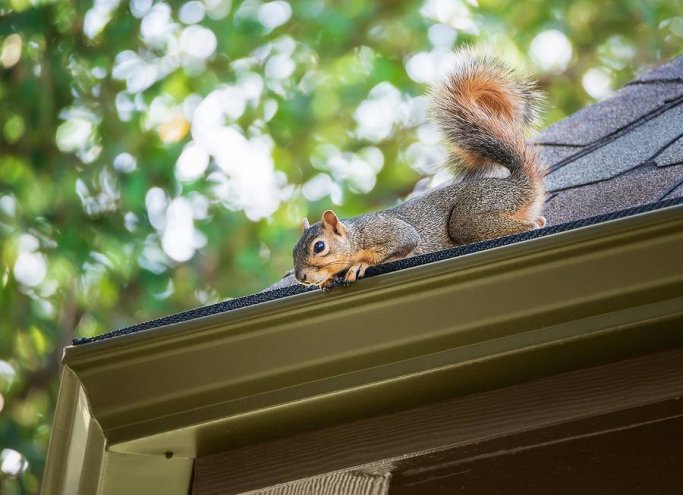
4 Tree Pests to Look Out for this Fall As the leaves change color and a crisp breeze fills the air, fall shifts the natural world. However, not just the season’s beauty capture our attention. With the changing weather, certain…
Read More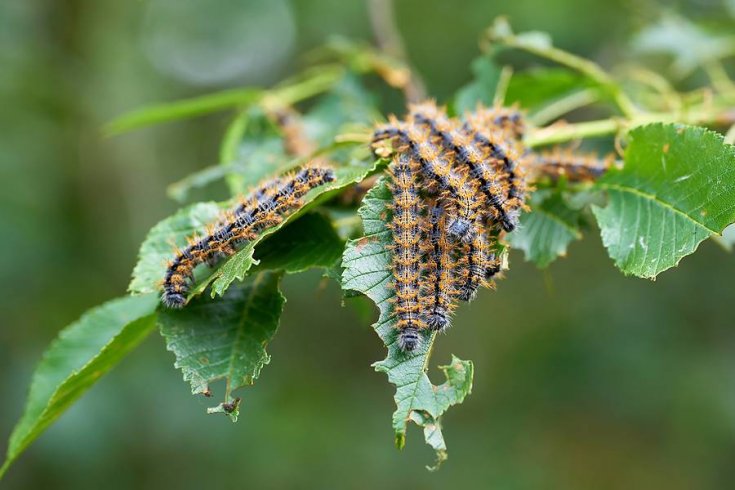
Things That Might Kill Your Beautiful Trees Homeowners strive to have a gorgeous yard with stunning trees. However, routine care is essential to maintain optimal health and longevity. At Driscoll Tree Service, we aim to help you keep your trees…
Read More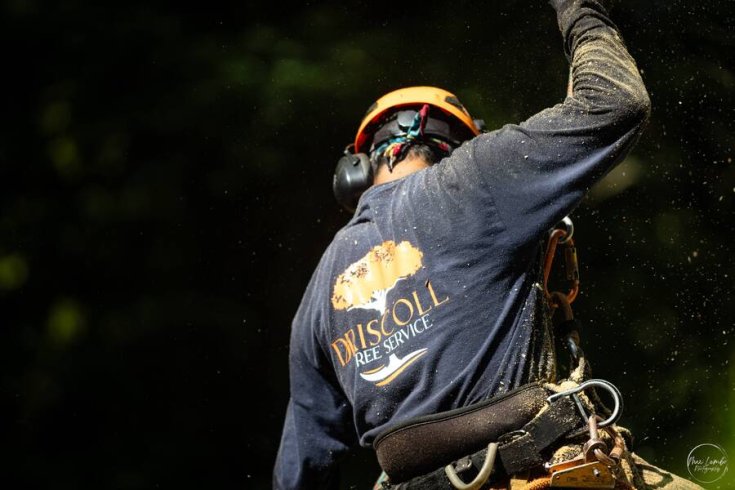
Top Reasons to Hire a Certified Arborist for Tree Services Trees are among the best investments you can make in your property. They offer aesthetic, provide shade, increase home value, and can even give you delicious fruit to enjoy. However,…
Read More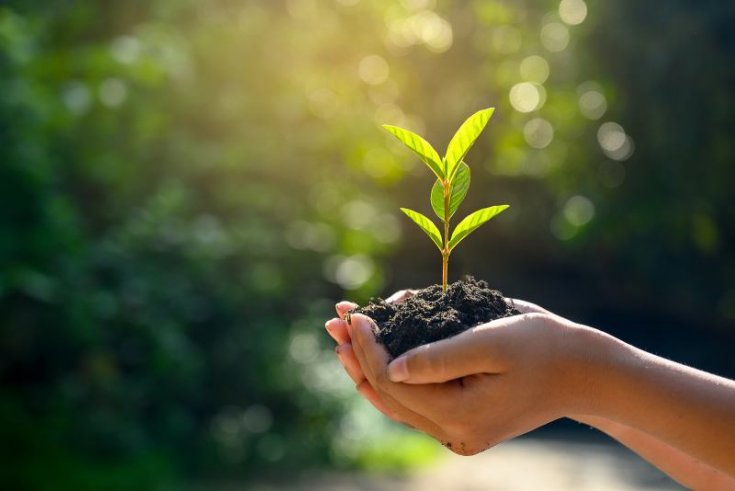
Benefits of Planting Trees Out of all the things you can do to enhance the aesthetics and value of your property, planting trees is at the top of the list. However, planting trees has many benefits, including social, environmental, and…
Read More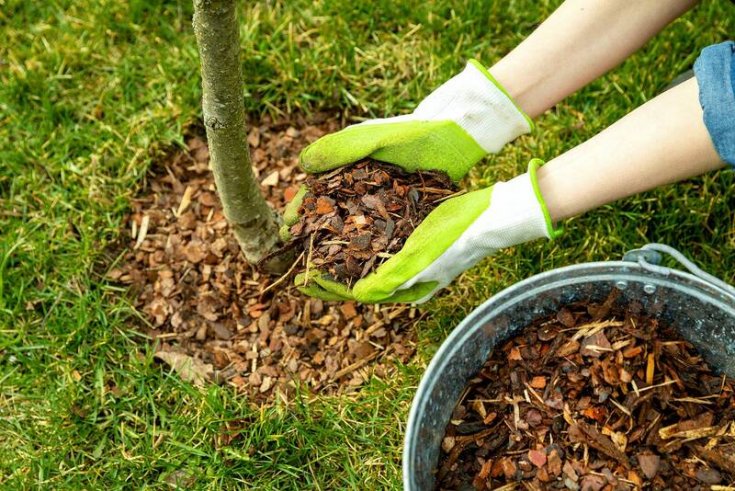
The Importance of Mulching Newly Planted Trees Regarding landscaping and gardening, the intricacies of nurturing nature’s wonders are both an art and a science. One crucial aspect that often goes unnoticed but is paramount is mulching newly planted trees. Mulch,…
Read More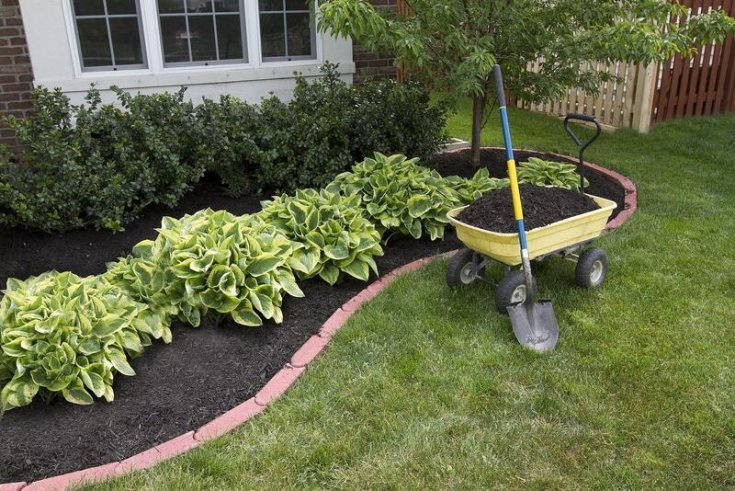
What are the Benefits of Brush Mulching? Mulching is a standard tree care practice that helps with moisture retention and soil nourishment. While there are several mulching techniques, brush mulching offers a sustainable solution to land management, as it entails…
Read More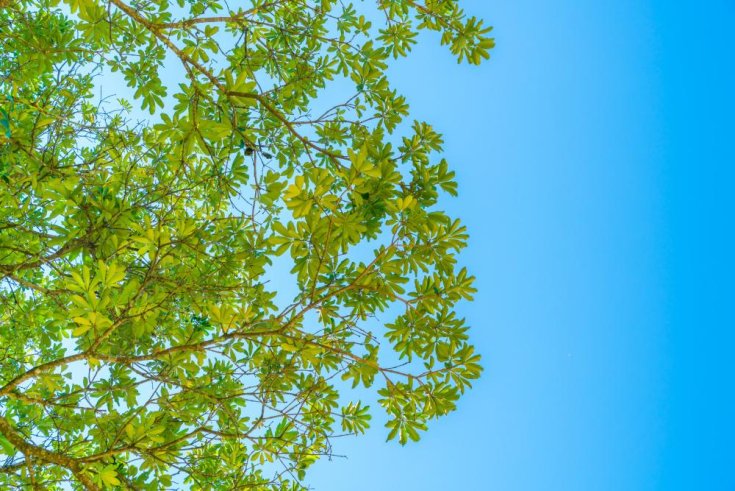
How Shade Trees Benefit Us As the temperature increases, many people seek refuge indoors. However, shade trees can protect you from the heat and sun, allowing you to undertake various outdoor tasks. Whether you want to grow birch or maple…
Read More
How Much Does It Cost to Remove a Tree? For starters, tree removal should be left to the professionals, whether the tree is big or small. A DIY approach may seem like a way to save money, but we don’t…
Read More
4 Ways Tree Trimming Can Benefit Your Business Trees are majestic beings that offer many benefits, from visual appeal to clean air. As a business owner, you can benefit from trees, including curb aesthetics and property value. However, regular care…
Read More
Trees are more than just pretty ornaments on your yard. They provide shade, improve air quality, and some even produce fruit. A healthy oak or maple can transform a simple lot into a welcoming landscape, and a well-placed magnolia can…
Read More